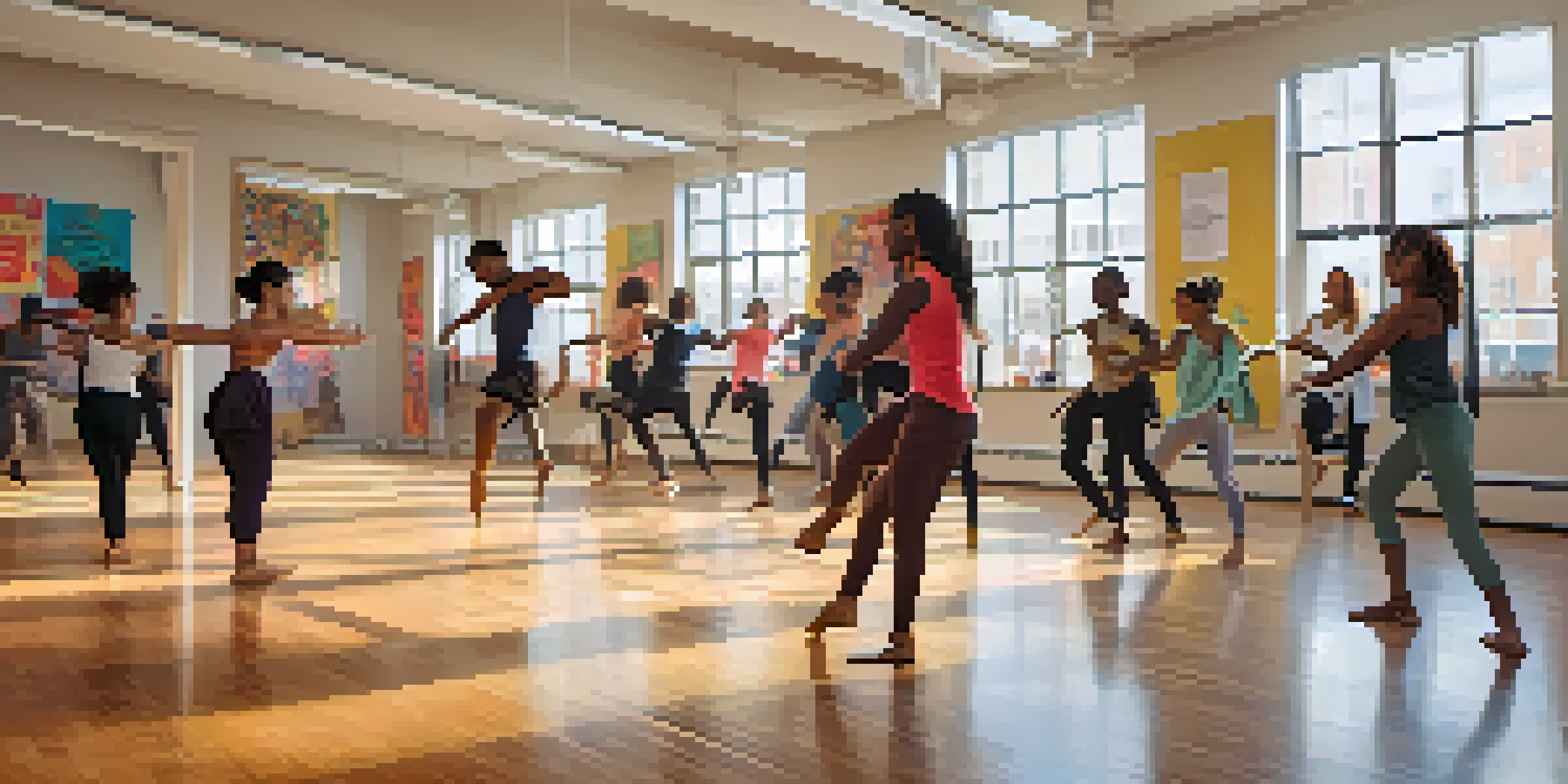Dance Education: Challenging Gender Norms in the Classroom

Understanding Gender Norms in Dance Education
In the realm of dance education, gender norms often dictate who can participate in which styles, creating a restrictive environment. These norms can lead to misconceptions about physical ability and artistic expression based solely on gender. By unpacking these traditional expectations, educators can foster a more inclusive atmosphere that encourages all students to explore their creativity without limitations.
The Impact of Stereotypes on Dance Participation
Stereotypes surrounding dance often pigeonhole boys into sports and girls into ballet, which can discourage students from pursuing their true interests. For instance, a boy who loves contemporary dance might feel pressured to conform to societal expectations and abandon his passion. By addressing and dismantling these stereotypes, educators can empower students to embrace diverse dance forms.
Challenging Gender Norms in Dance
Breaking down traditional gender norms in dance education fosters a more inclusive environment for all students.
Creating Inclusive Dance Curriculums
An inclusive dance curriculum celebrates diversity and encourages all students to participate in various styles. This approach not only broadens the students’ experiences but also helps them develop a deeper understanding of different cultures and expressions. Implementing classes that highlight gender-neutral styles can inspire students to break free from traditional roles.
Role of Educators in Challenging Norms
Educators play a pivotal role in shaping the perceptions of their students regarding gender and dance. By actively promoting equality and encouraging self-expression, teachers can set a powerful precedent. They can model inclusive behavior, which can influence how students view themselves and their peers in the dance space.
Empowering Diverse Dance Participation
Addressing stereotypes allows students to explore various dance styles freely, encouraging true self-expression.
Encouraging Self-Expression Through Dance
Dance is an art form that naturally invites self-expression; however, gender norms can stifle this creativity. When students feel free to express themselves without the fear of judgment, they are more likely to thrive. Programs that encourage improvisation and personal choreography can be particularly effective in allowing students to explore their identities.
Success Stories: Schools Leading the Way
Many schools are already making strides in challenging gender norms within their dance programs. For example, some institutions have successfully integrated co-ed dance teams that break down barriers and promote teamwork. These success stories serve as a blueprint for others looking to create a more inclusive dance environment.
Future of Inclusive Dance Education
Emphasizing inclusivity in dance prepares students to thrive in a diverse world, redefining artistic expression.
The Role of Performance in Breaking Stereotypes
Performance is a powerful tool for challenging stereotypes and showcasing diverse talents. When students perform in mixed-gender groups or explore non-traditional styles, they send a message that talent transcends gender. These performances can inspire audiences and pave the way for broader acceptance of diverse expressions in dance.
Looking Ahead: The Future of Dance Education
As we look to the future, it’s essential that dance education continues to evolve alongside societal changes. Emphasizing inclusivity in dance not only enriches the educational experience but also prepares students for a world that values diversity. By fostering a culture of acceptance, the next generation of dancers can redefine what it means to express oneself through movement.